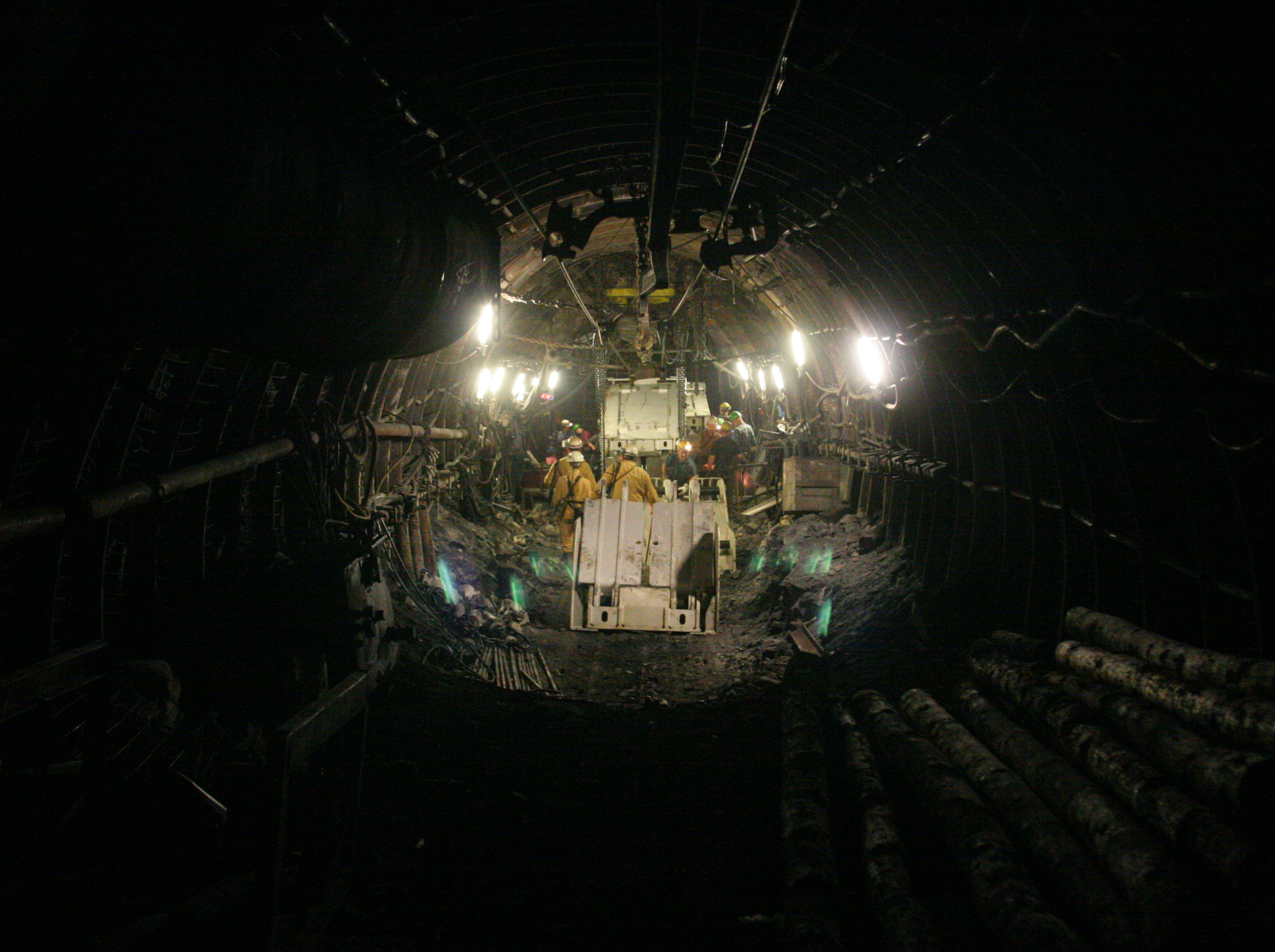
In The Dark: underreporting of coal mine methane is a major climate risk
New analysis finds that methane emissions from coal mines may be twice as large as reported by governments, presenting a major risk for international climate commitments.
Table of Contents
Executive Summary
Methane emissions from coal mines may be double official estimates
Coal mine methane emissions are low-hanging fruit in tackling climate change, but the poor level of monitoring and reporting leaves governments blind to the scale of their emissions, and the opportunities to mitigate them.
150 countries have now signed up to the Global Methane Pledge, committing to a 30% collective reduction in methane. If the reduction goal proposed is reached, it could eliminate over 0.2C warming by 2050. Whilst the world has seen growing momentum from countries across the globe to act on their methane emissions, coal mining continues to emit methane seemingly unnoticed.
Key takeaways
If coal mine methane were a country it would be the third largest emitter
According to government data reported to UNFCCC, coal mines release 30.5 million tonnes of methane emissions per year. Methane’s climate impact is 82.5 times that of carbon dioxide over the first 20 years in the atmosphere, making the methane released by coal mines equivalent to 2.5 billion tonnes of CO2. This is more than the total CO2 emissions of India, and adds 17% to the climate impact of burning coal.
CMM emissions could be twice as high as reported by governments
Independent studies reveal that global coal mine methane emissions could be more than twice as high as reported by governments. Across three studies that used various techniques, Ember finds that emissions estimates range between 38-67 million tonnes of methane per year. At the top end, that means CMM could have a greater climate impact in the next two decades than the annual CO2 emissions of the United States, so if it were a country it would be the second largest emitter worldwide.
97% of CMM emissions are not even measured
There are major gaps in how governments measure coal mine methane. 97% of emissions come from countries that use standard emissions factors for whole regions rather than directly measuring the methane actually emitted by mines. Many countries don’t report regularly, and some have never reported CMM. Independent studies have found that 22 countries could be emitting double the emissions they currently report, including South Africa, Germany and Indonesia.
The International Energy Agency (IEA) makes it clear that a 75% reduction of fossil fuel methane by 2030 is required for the world to remain on a pathway aligned with 1.5C. Ember’s three recommendations cover improving monitoring, verification and reporting of CMM emissions to aid governments in understanding the scale of their coal mine methane emissions, and unlocking the potential to destroy or capture and utilise the potent greenhouse gas.
Related Content







